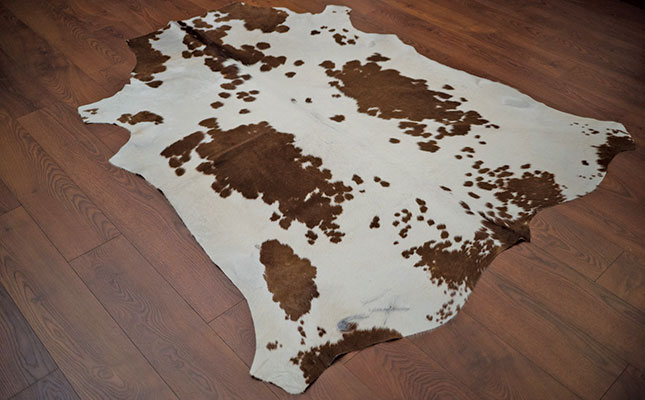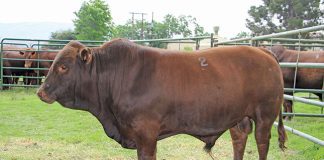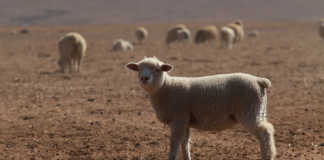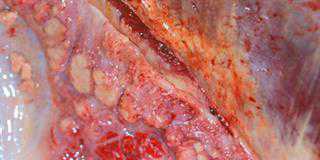
Photo: The Nguni Guy
In the leather trade, ‘hide’ refers to the skin of large animals such as cattle, whereas ‘skin’ refers to the skin of smallstock.
If you wish to make some money out of selling hides, you will have to take care of your animals from the day they are born. A hide can easily be damaged by injuries caused by horns and fences, ticks, and poor handling and skinning practices.
This means you should dehorn the animals and herd them correctly; if they are frightened, they can run into barbed wire fences, which can tear the hide and cause severe injury. It also means not cutting the hides unnecessarily at skinning and following proper preservation practice.
With informal slaughtering, minimise stress and injury by stunning the animal in a convenient paddock where it has been grazing for some days. Then quickly cut the jugular to allow the carcass to bleed out.
Slaughter it in the early morning or late evening when it is cool. This is more hygienic as far as meat preparation is concerned, and also helps prevent the hide from rotting. Do not slaughter in direct sunlight.
Start skinning as soon as possible after the animal has been killed. The diagram shows the recommended cutting lines, as suggested by the KwaZulu-Natal Department of Agriculture and Rural Development.
Cut along the cutting lines with a sharp knife, then remove the hide from the carcass by forcing one hand, clenched into a fist with the knuckles forward, in between the hide and the carcass while using your other hand to pull the hide away from the carcass.
A knife should be used to detach the hide from the carcass only where it remains tightly attached. If in doubt, ask an expert for help.
Salting: preferable to drying
Clean the hide before the blood and meat sticking to it dry. Wash off the blood and remove any pieces of fat or meat with a sharp knife, taking care not to damage the inner surface.
Although a hide can be dried in a frame or on a rack in a cool, shady place, it is better to preserve it by salting (curing).
To do this, lay the hide open on a dry, flat area with the hair side underneath. Sprinkle coarse salt liberally over the meat side and rub it in well. Use at least half the weight of the wet hide in salt.
If you don’t know the weight of the hide, 10kg of salt should be enough, unless the animal was very large.
Store salted hides in a cool place for 48 hours, then brush off and discard the salt and send the hides to a leather merchant. If transport to a market is not immediately available, the hides should be dried and stored.
A cured hide usually dries quickly and weighs about 50% of its wet weight.
Storage
Cured, dried hides can be stored for several weeks before transportation to a processing plant. If possible, store them flat, not folded, as leather tends to crack along fold lines. Where folding is necessary, keep the number of folds to a minimum.
Alternatively, hang each hide over a pole 75mm to 150mm in diameter, flesh side up. A common fold line is along the length of the back, in line with where the spine was, with the hide hanging evenly over the pole. Store the hides in a well-ventilated, cool place away from the sun.
To prevent damage from insects and rodents, store hides singly or in stacks on racks at least 10cm off the ground.
Spraying with insecticide or painting with dip will prevent insects from chewing the hide. Trap rodents or kill them with rat poison.
Source: Beef Production: The Basics – Hides (fact sheet). KZN Department of Agriculture and Rural Development.













